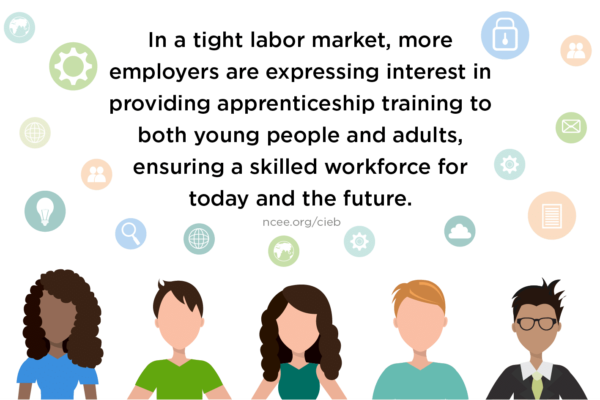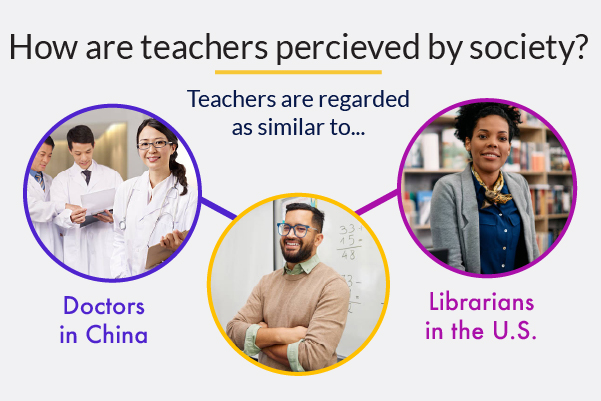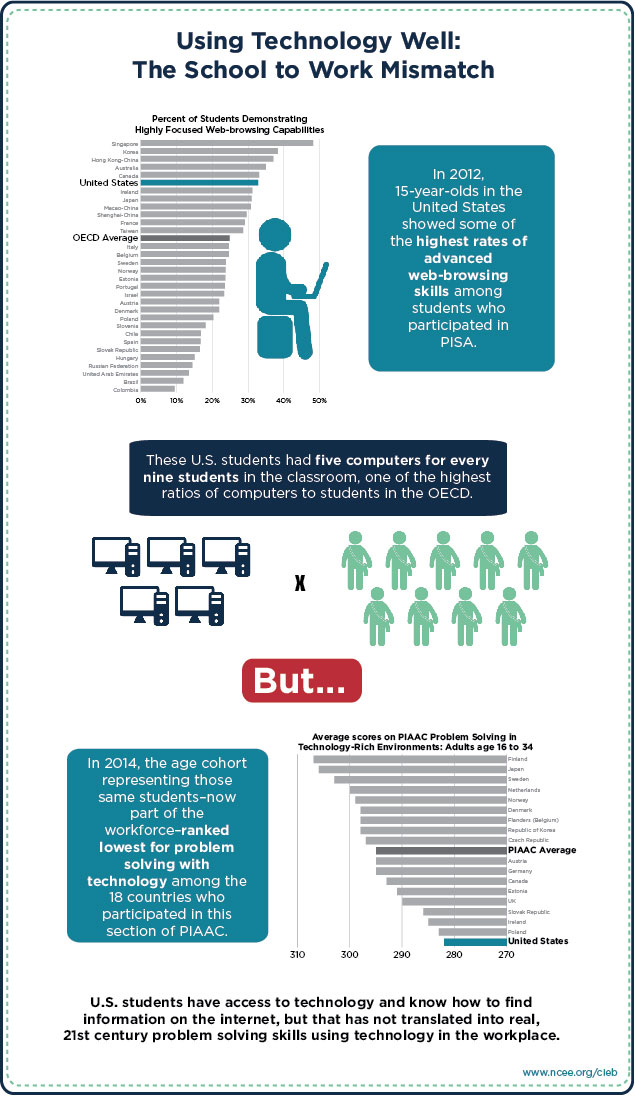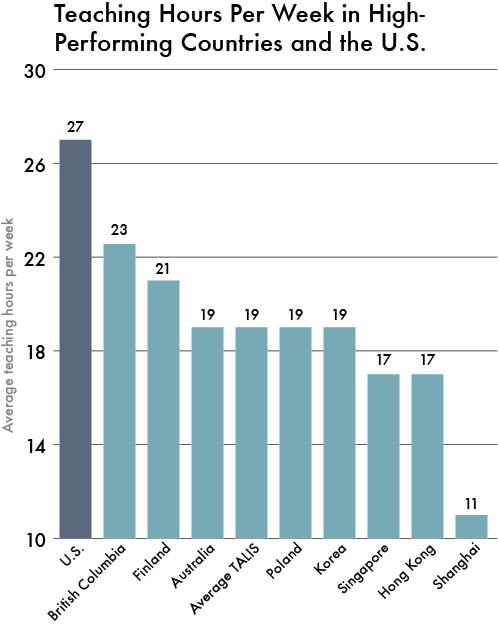Onward
Together

Onward

Together
Onward

Together
Featured blog posts
With increased interest in and funding for apprenticeships in the U.S., Switzerland’s world-class apprenticeship model offers lessons for how to build a CTE system that is both appealing to students and valued by industry.
By Nathan Driskell NCEE staff saw some of the very best of Finnish vocational education in action when we visited the state-of-the-art Omnia Vocational School in Espoo, Finland this past month. Omnia serves pupils from ages 16-82: 7,000 students in upper secondary education and post-secondary education along with over 25,000 adults seeking some ...
In the tenth conversation of our Global Ed Talks series, Anthony Mackay sits down with Joanne Weiss, former chief of staff to U.S. Secretary of Education Arne Duncan and NCEE Board of Trustees member, to discuss how states are working to align their instructional systems.
High-performing education systems view teachers as highly-trained professionals, and teachers in those systems feel valued.
U.S. students have better access to computers and stronger web-browsing skills than their international counterparts, yet they struggle to solve problems using technology.
PIAAC data shows that U.S. adults, especially young and unemployed populations, lag behind their international peers in literacy, numeracy, and digital problem solving, highlighting the need for improved skill development.
In high-performing education systems, fewer hours in front of a classroom means more time for teachers to pursue professional learning opportunities throughout the working week. All of this leads to a stronger, ever improving teaching force and higher student achievement overall.
There are no posts.
There are no posts.







